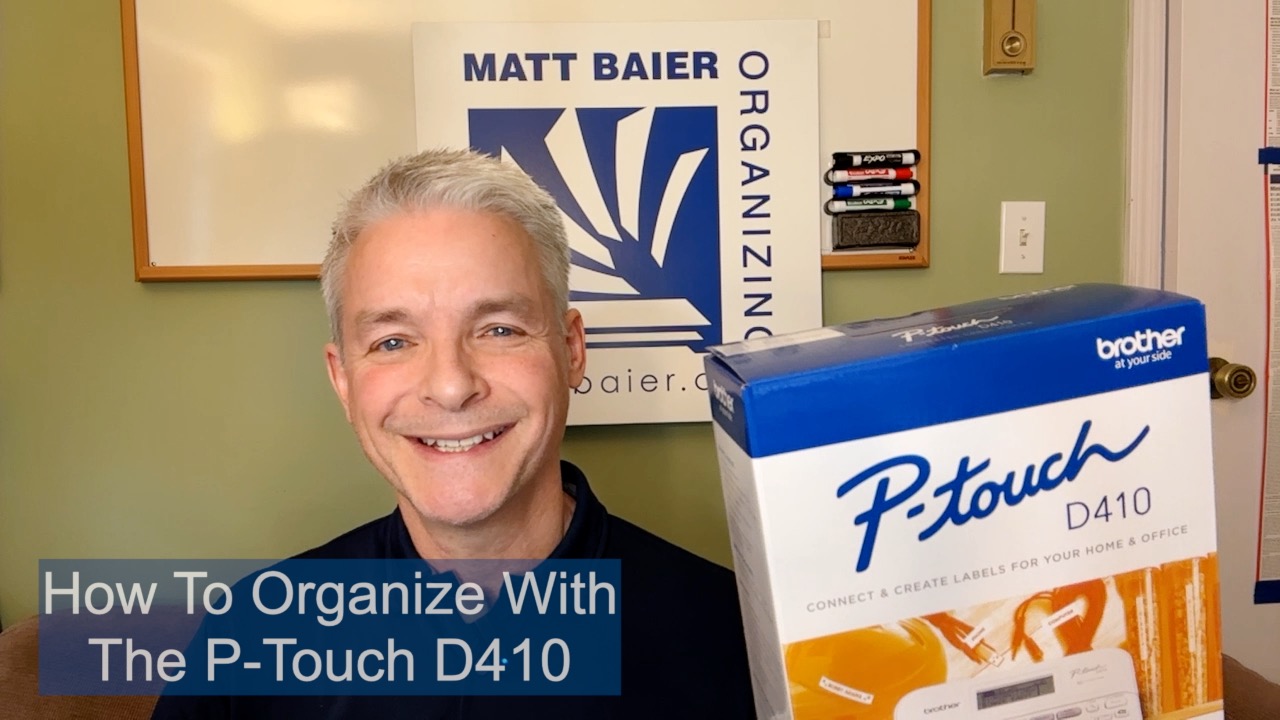Where To Begin Organizing
Wondering where to begin organizing? Before you can set up organizing systems to stay organized, you first need to get organized. To get organized, you must clarify your priorities and edit out the excess clutter in your home or office.
To do this effectively, it is helpful to first establish some very general categories and quickly sort items into them. The reason for this is that context drives decisions. For example, seeing all your shoes together will make it easier to prioritize. Duplicates in poor shape will be the easiest to discard. Ill fitting shoes that you forgot to return can be donated, etc.
If, however, you simply process one random item at a time, you lose a sense of context and you won’t dispense with as much as you could. If you go the other direction and create too many categories, the reviewing process will slow down and you will lose focus. So establish categories, but keep them very general. Here the actual categories we recommend, from 13 years in the organizing business.
Keepsakes
It is important to acknowledge when you are keeping something purely for sentimental reasons. “Keepsakes” can include everything from photos to greeting cards to trophies.
Decor
If the reason you want to keep something is because you might want to display it at some point, keep it with this category. This can include decorative items, wall hangings, textiles, and furniture.
Office Supplies
Start really generally with this category. Include writing implements, office tools, computer supplies, notebooks, and stationery. If you are doing a home office, each one of these subcategories may become categories of their own.
Loose paper
Don’t get stuck on individual piece of paper initially. Just keep them all together. You will need the most focus for this category, so review it last wherever possible.
Utilities
Here’s a really general one. “Utilities” can include tools, tape, paint, and rope. If you are organizing a garage, each of these sub-categories might become categories.
Sports/ Outdoor/Auto/ Toys
Speaking of the garage, there are usually a lot of these categories. “Sports” might be subcategorized by individual sorts, depending on quantity. “Outdoor” might require a gardening subcategory.
Media
Media is useful for books, CD’s, DVD’s, VHS tapes, etc. Any one of those subcategories can become categories if you are working in rooms with large quantities of these items, like a family room or living room.
Holiday/ Entertaining
Items in these categories can be subdivided by holiday. These seasonal items can then be sorted more remotely, as a rule.
Art/ Crafts
In most households, this is a relatively small category, but in more creative households a large quantity of art supplies might be subdivided by reference, supplies, materials, and projects.
When you just focus on sorting by these very general categories, you can move very quickly, because you have a singular focus. I recommend sorting with banker boxes. They are a good size and, because they are lidded, they can be stacked. This free’s up floor space for easier processing.
When you are reviewing one category at at time, you can also move quickly. Again, you have a singular focus. When you are reviewing the book category, for example, you are in “book mode” and will make better and faster decisions, than if you are jumping from on category to the next, to the next.
Please Share With Your Community
Testimonials
What some of our clients are saying
Imagine An Organized Home
















